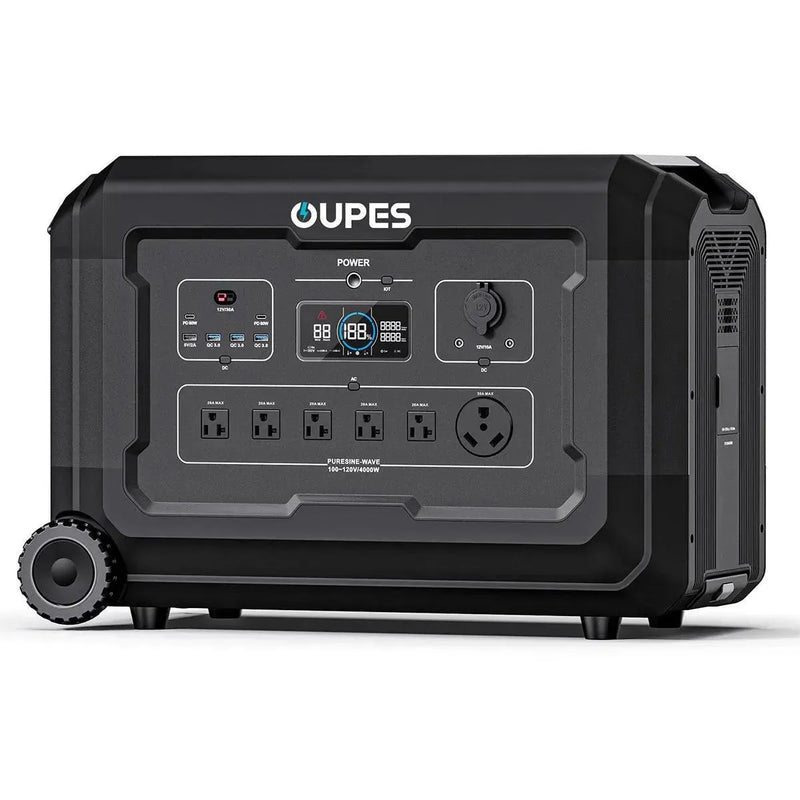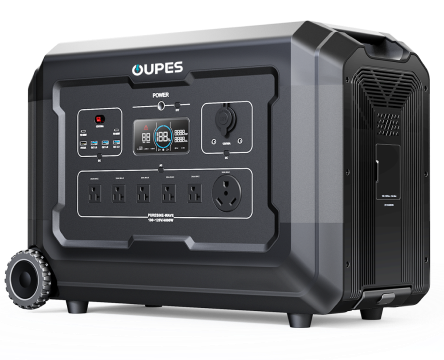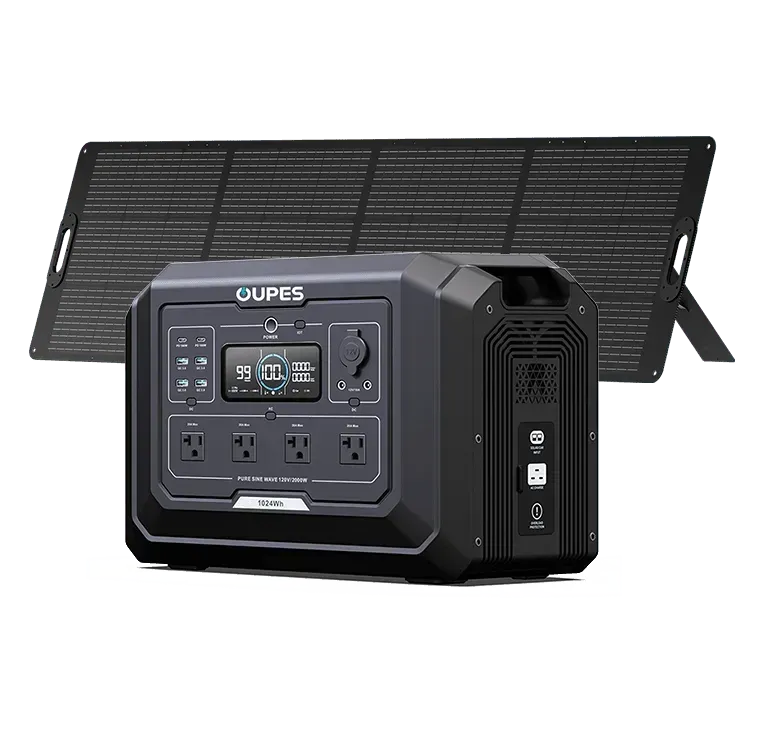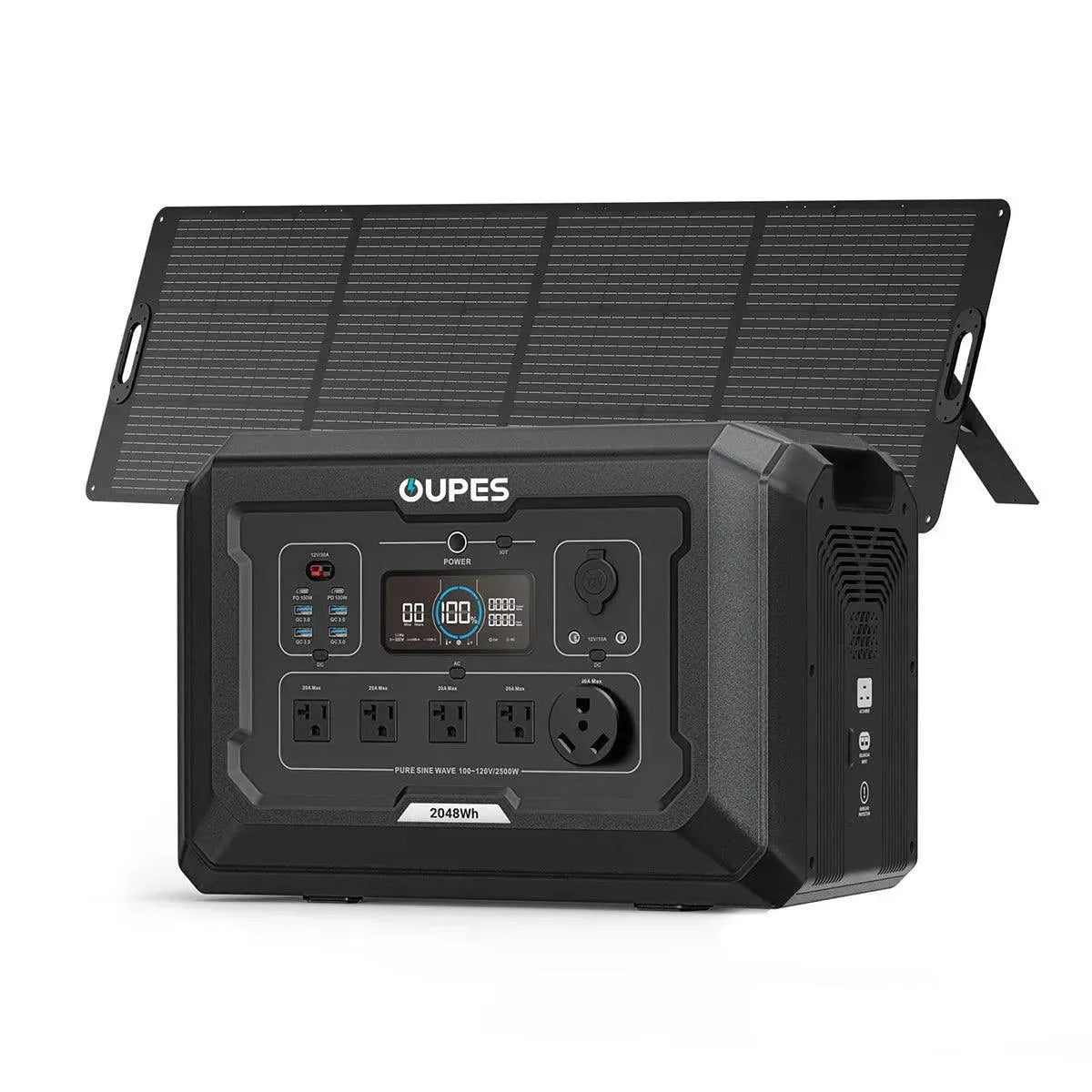
Picture this: a violent storm knocks out power to your neighborhood, and you're left wondering - how much generator capacity would actually keep my household running? Or perhaps you're considering solar panels and need to calculate your home's true energy needs. Understanding your home's wattage requirements isn't just about emergency preparedness; it's fundamental to making informed decisions about energy efficiency, renewable energy systems, and even monthly utility costs.
The answer varies dramatically based on your home's size, appliances, climate, and lifestyle. This guide will walk you through the key factors that determine your home's power needs, provide realistic wattage estimates for different home sizes, and reveal practical strategies to optimize your energy consumption without sacrificing comfort.
Calculating Your Home's Base Power Requirements
Every home has a baseline power requirement that keeps essential systems operational. This includes refrigerators (600-800W), lighting (60-600W depending on bulb types and number), basic electronics like routers and modems (10-30W), and water pumps for homes with wells (500-1000W). A modest 1,500 square foot home typically needs 3,000-5,000 watts just to maintain these critical functions. Larger homes or those with additional essential medical equipment might require 6,000-8,000 watts as a baseline.
The calculation method involves creating a comprehensive list of all electrical devices and their wattage, then determining which ones must run continuously versus intermittently. Energy monitoring devices can provide real-world measurements of your actual usage patterns. Remember that some appliances have much higher startup wattage than running wattage - refrigerators might need 2,200W to start but only 700W to run, while air conditioners can require triple their rated wattage during compressor startup.
Seasonal variations significantly impact base requirements. Summer sees increased demand from air conditioning units (1,500-5,000W each), while winter brings higher consumption from electric heating systems (5,000-20,000W for whole-home systems). Even water heaters show seasonal patterns, working harder to maintain temperature when incoming water is colder. These fluctuations mean your true "base" requirement changes throughout the year.
Appliance-Specific Wattage Breakdowns
Major appliances dominate home energy consumption. Central air conditioning systems range from 3,500W for small units to 15,000W for large homes in hot climates. Electric stoves and ovens demand 1,500-5,000W during operation, with peak usage when multiple burners and the oven run simultaneously. Clothes dryers typically use 1,800-5,000W, while washing machines are more modest at 500-1,500W.
Entertainment systems vary widely based on technology. Modern LED TVs might use just 30-100W, while older plasma models could consume 300-500W. Gaming PCs with high-end graphics cards can draw 500-1,500W under load. Surprisingly, many small appliances add up quickly - microwaves (600-1,500W), coffee makers (800-1,500W), and hair dryers (1,200-1,875W) create significant temporary loads that must be accounted for in your total calculation.
Home office equipment has become increasingly relevant. Laser printers can spike to 1,000-1,500W during operation, while multiple monitors, computers, and networking gear might add 300-800W continuously during work hours. Smart home devices generally use minimal power (2-10W each), but dozens of them throughout a home can collectively add 100-300W to your baseline consumption.
How Home Size and Type Affects Power Needs
A modest 1,000 square foot apartment might require 5,000-8,000 watts for full operation, while a 3,000 square foot suburban home could need 12,000-20,000 watts. However, square footage alone tells an incomplete story. Home construction quality dramatically impacts heating and cooling loads - well-insulated homes might need half the HVAC capacity of poorly insulated ones of the same size.
The type of heating system creates the most significant variation. Electric furnaces demand 10,000-25,000W, while heat pumps use 3,000-8,000W. Gas-heated homes still require electricity for fans and controls (500-1,500W), but avoid the massive electric loads of resistance heating. Water heating method also matters - tankless electric models require 8,000-30,000W during use but only minimal standby power, while traditional tank heaters use 3,000-5,000W intermittently.
Lifestyle factors often outweigh physical home characteristics. A tech enthusiast with multiple servers, gaming systems, and home automation might use more power in a small home than a minimalist family in a large house. Similarly, frequent cooking with multiple appliances, extensive laundry needs, or home businesses can all dramatically increase power requirements regardless of square footage.
Energy Saving Strategies That Reduce Wattage Needs
LED lighting conversions represent one of the easiest wins, reducing lighting loads by 75-85% compared to incandescent bulbs. Smart thermostats can cut HVAC runtimes by 10-20% through optimized scheduling and occupancy detection. Energy Star appliances typically use 10-50% less power than standard models, with particularly dramatic improvements in refrigerators and clothes washers.
Behavioral changes offer substantial savings. Running dishwashers and washing machines with full loads, using cold water for laundry, and avoiding preheating ovens unnecessarily can collectively reduce peak demand by 1,000-3,000W. Strategic scheduling of high-wattage appliances (like avoiding laundry while cooking dinner) prevents simultaneous high loads that drive up your required capacity.
Home automation systems now offer sophisticated load management. Smart panels can automatically stagger appliance startups, shed non-essential loads during peak demand, and even integrate with solar/battery systems to minimize grid dependence. These systems effectively reduce your home's instantaneous wattage requirements without sacrificing functionality when properly configured.
Special Considerations for Backup Power Systems
When sizing generators or battery systems, you must decide between powering your entire home or just critical loads. Whole-home generators for average houses typically range from 20,000-50,000W, while critical load systems might be 7,000-12,000W. The key is identifying which circuits are truly essential during outages - usually refrigeration, some lighting, communications, and perhaps one HVAC zone.
Battery systems like Tesla Powerwall have different considerations. Their 5,000-7,500W continuous output limits which appliances can run simultaneously, but smart load management can rotate power between high-demand devices. Solar systems add complexity - their output varies by time of day and weather, requiring careful analysis of your consumption patterns versus production capabilities.
For emergency preparedness, many homeowners opt for hybrid approaches: a moderate-sized generator (7,500-12,000W) that handles essentials, supplemented by smaller solar generators (1,000-3,000W) for quiet overnight operation. This balances fuel efficiency, noise concerns, and runtime considerations while covering most critical needs during extended outages.
Determining your home's wattage requirements is both an art and a science. While calculations provide estimates, real-world usage often reveals surprises through monitoring. Remember that your true "required" wattage depends on which conveniences you deem essential versus optional during normal operation or emergencies.
Armed with this knowledge, you can make informed decisions about energy upgrades, backup systems, and consumption habits. Whether you're planning for energy independence, preparing for emergencies, or simply seeking to understand your home's electrical profile better, grasping these wattage fundamentals empowers you to take control of your household's energy future.




























